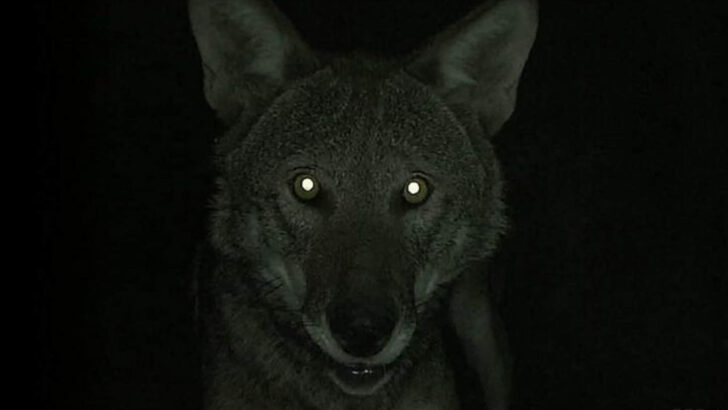Wolves are not just predators—they’re master hunters, perfectly designed for survival in the wild. With razor-sharp instincts and a fierce social structure, these animals have honed the art of the hunt to an extraordinary level.
What makes them so formidable? It’s not just their strength, but their ability to work together, outthink their prey, and adapt to almost any environment. Every physical trait, every instinct, every howl has a purpose in their brutal quest for survival.
These creatures rule the wild, and it’s no accident. Their traits make them some of the fiercest hunters on Earth, and in this post, we’ll break down 15 of the most dangerous traits that give wolves their edge. Ready to see what makes them so deadly?
Keen Sense of Smell
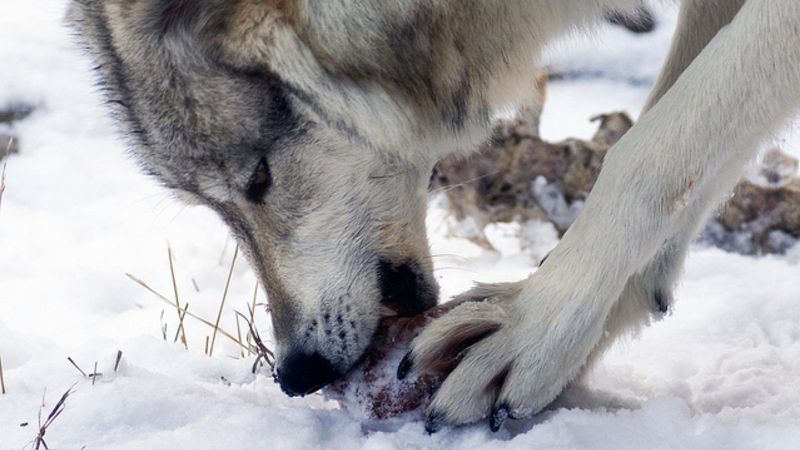
Wolves possess an extraordinary sense of smell, which is crucial for hunting. Their olfactory abilities allow them to detect prey from great distances, even through thick forest cover.
This exceptional sense helps them track and locate animals by following trails left hours earlier. The ability to smell blood from miles away enables wolves to find injured or weakened prey easily.
This trait is essential for survival, especially in harsh environments where prey is scarce. Consequently, the sense of smell is a defining feature that enhances their predator capabilities, making them adept at locating targets.
Powerful Jaw Strength

A wolf’s jaw strength is formidable, capable of exerting pressure to crush bones easily. This power allows them to consume not just the flesh, but also the calcium-rich marrow inside.
Their sharp, strong teeth are perfect for tearing meat and breaking bones, making them efficient consumers of their prey. This ability ensures that wolves can extract maximum nutrition from each kill, vital for their survival.
Jaw strength plays a crucial role in their hunting success, enabling them to take on larger prey and fend off competitors. It’s a defining trait of their predatory nature.
Stealthy Movement
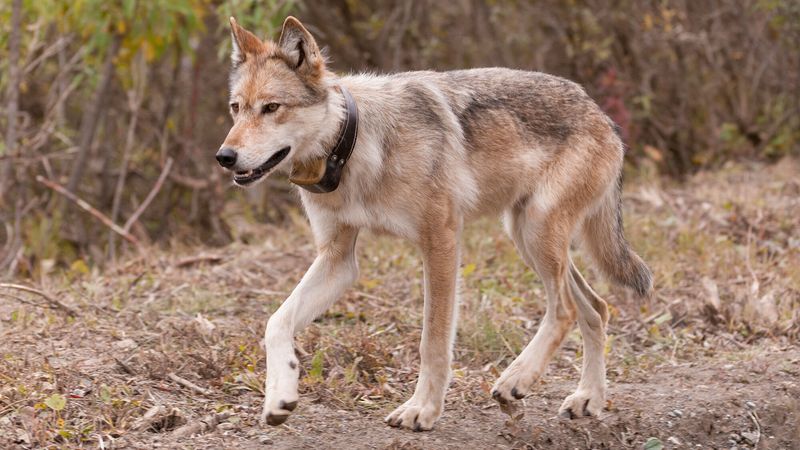
Stealth is a hallmark of wolf hunting strategy, allowing them to approach prey without detection. Their padded paws facilitate silent movement, crucial for stalking.
Wolves are adept at navigating various terrains, from dense forests to open fields, without alerting their prey. This skill is essential for initiating surprise attacks, giving them an edge in capturing swift or alert animals.
Through careful, quiet steps, wolves reduce the risk of scaring prey prematurely, enhancing their chances of success. This trait is key to their efficiency as predators, making them masters of stealth.
Strategic Pack Behavior
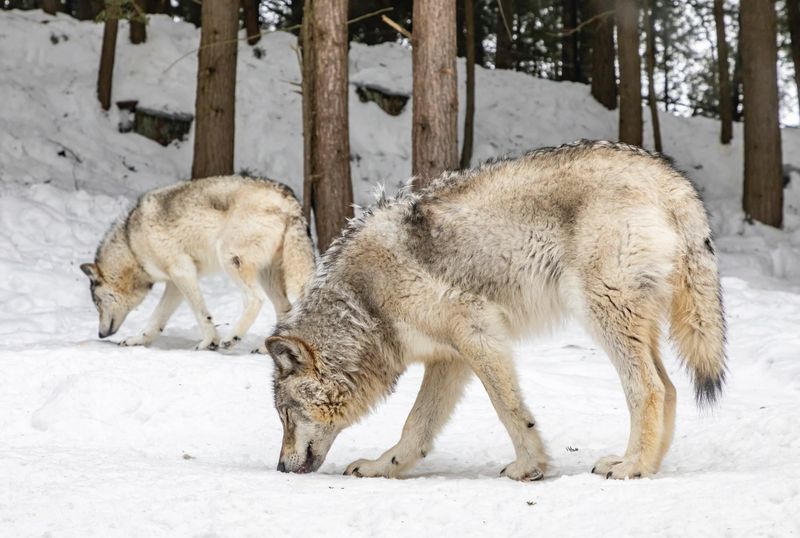
Wolves are known for their strategic pack behavior, which plays a vital role in their hunting success. Each member has a specific role, whether leading, flanking, or guiding prey.
This organized approach allows them to tackle larger animals, using teamwork to outmaneuver prey. Packs communicate through vocalizations and body language to coordinate movements effectively.
This social structure not only increases their hunting efficiency but also strengthens their survival rates in the wild. Strategic pack behavior exemplifies the intelligence and cooperation that make wolves effective predators.
Adaptability to Environment
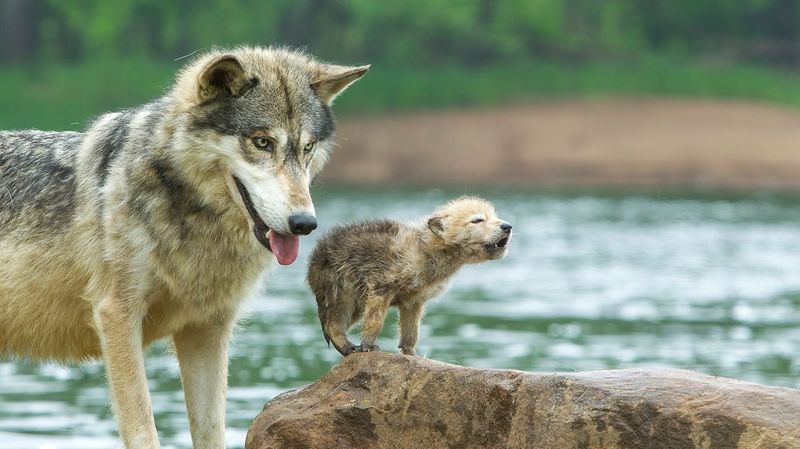
Wolves exhibit remarkable adaptability to diverse environments, from arctic tundras to dense forests and open plains. This versatility allows them to thrive in a wide range of habitats.
Their fur changes according to climate, providing warmth or cooling as needed, while their diet adapts based on available prey. This trait ensures that wolves can survive and hunt effectively, regardless of environmental challenges.
Adaptability is one of their greatest strengths, enabling them to maintain their position as apex predators across different ecosystems. It underscores their resilience and resourcefulness in the wild.
Acute Hearing
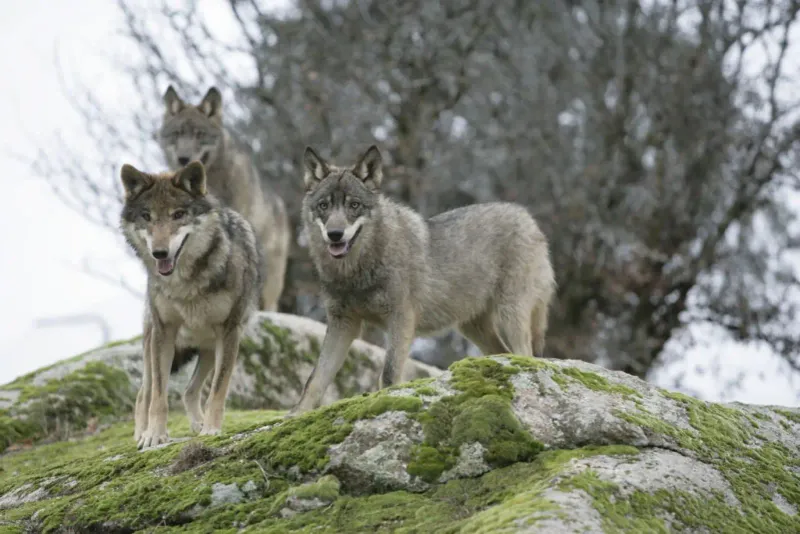
Wolves possess acute hearing, enhancing their ability to detect prey and danger. Their ears can pick up sounds from great distances, including the movement of potential prey.
This heightened auditory sense is crucial in environments where visibility is limited, such as dense forests or during night hunts. Wolves can also interpret subtle vocalizations of pack members, aiding in coordinated hunts.
With the ability to hear high-frequency sounds, wolves can detect small animals moving through underbrush or snow, offering a significant advantage in their predatory tactics.
High Stamina and Endurance
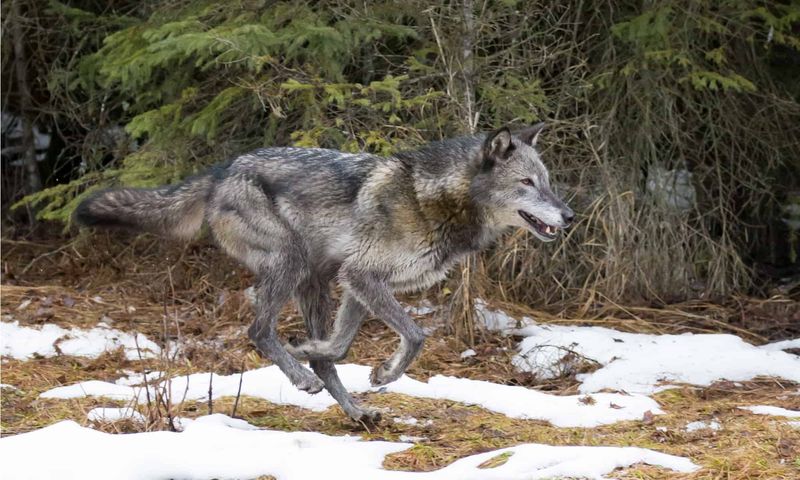
Wolves are built for stamina and endurance, capable of traveling long distances in search of food. Their muscular build and efficient gait allow them to maintain high speeds over extended periods.
This endurance is crucial during hunts, where persistence often leads to success. Wolves can chase prey over large areas, wearing them out before making the final attack.
Their ability to endure harsh weather and cover vast territories is vital for survival, especially in regions where prey is sparse. High stamina ensures they remain effective hunters, regardless of challenges.
Exceptional Intelligence
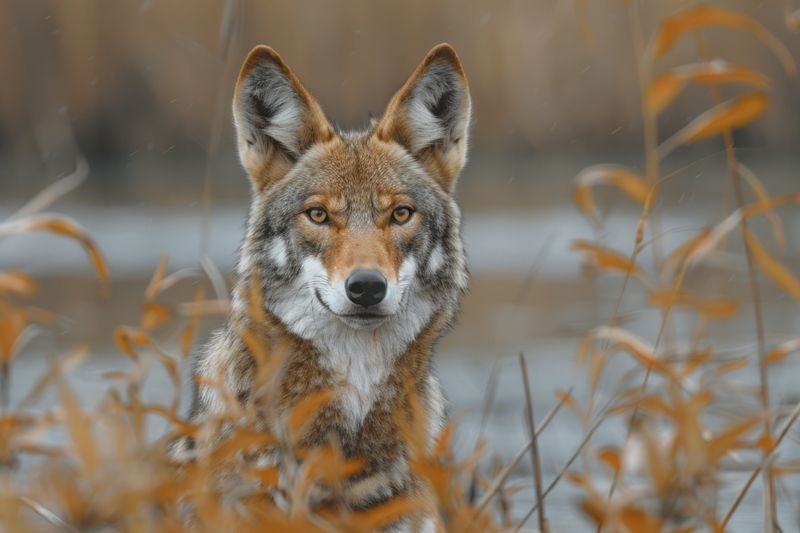
Exceptional intelligence is a defining trait of wolves, influencing their hunting strategies and social interactions. Wolves exhibit problem-solving abilities, adapting tactics based on prey behavior and environment.
Their cognitive skills aid in communication and coordination within the pack, crucial for successful hunts. Wolves can assess situations, decide when to attack, and change plans as needed.
This intelligence extends to learning and remembering; wolves learn from past experiences, improving their future performance. Their mental acuity is a significant factor in their predatory success and adaptability in the wild.
Social Hierarchy and Leadership
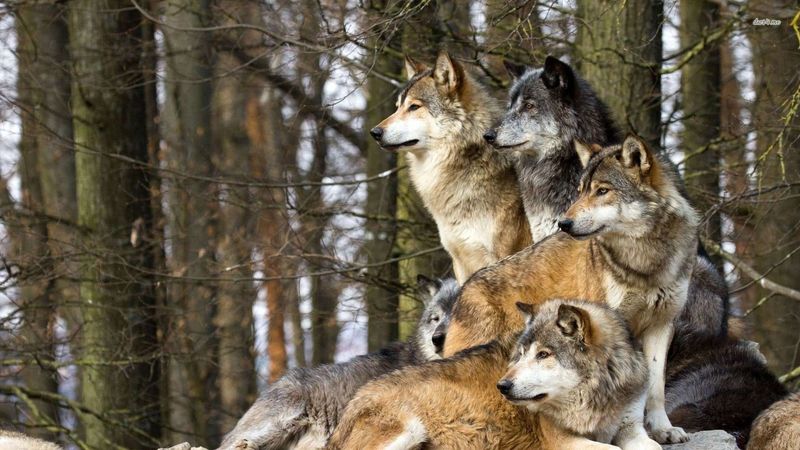
Wolves operate within a strict social hierarchy, led by an alpha pair, which influences their hunting strategies and pack dynamics. This structure ensures order and efficiency during hunts.
Leadership is crucial in coordinating pack movements and decisions, allowing wolves to capitalize on teamwork. The alpha’s guidance fosters discipline and cohesion, essential for tackling larger prey.
This hierarchy extends to nurturing and protecting the young, ensuring the pack’s future strength. Social structure and leadership play pivotal roles in their success as predators, enhancing their survival in the wild.
Territorial Instincts

Territorial instincts drive wolves to defend their hunting grounds vigorously. They mark boundaries with scent markings and vocalizations, deterring intruders.
This territorial behavior ensures access to resources, reducing competition for prey. By maintaining clear boundaries, wolves optimize their hunting efficiency and protect their pack.
Their commitment to defending territory underscores their dominance as predators, securing their position in the ecosystem. Territorial instincts are integral to their survival strategy, influencing their movements and interactions with other wildlife.
Agility and Speed
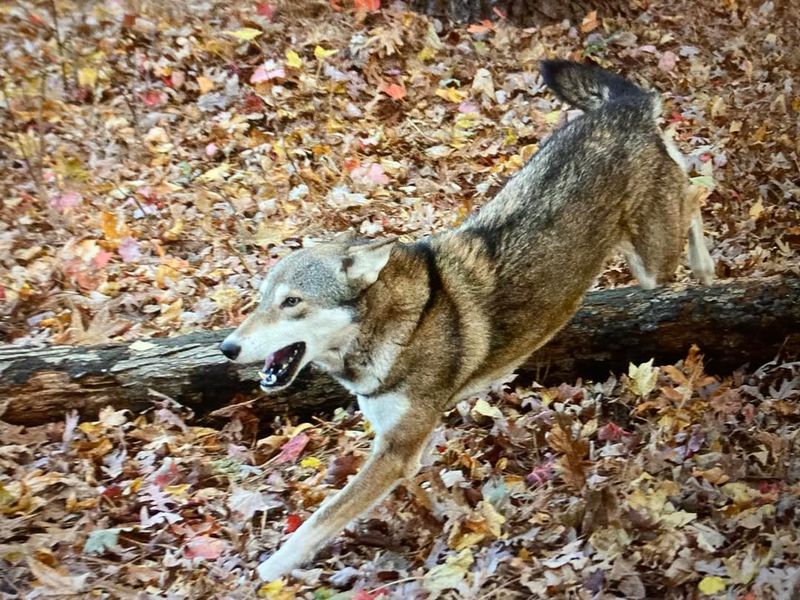
Agility and speed are essential traits that enhance wolf predation. Their lean bodies and powerful limbs allow for swift, agile movements, crucial in chasing prey.
Wolves can quickly change directions and adapt their speed to outmaneuver fleeing animals. This physical prowess is vital for capturing fast-moving prey, such as deer or hares.
Their ability to combine speed with agility ensures they can respond to unexpected changes in chase dynamics, maintaining their efficiency as hunters. Agility and speed are key components of their predatory success.
Cooperative Hunting Strategies
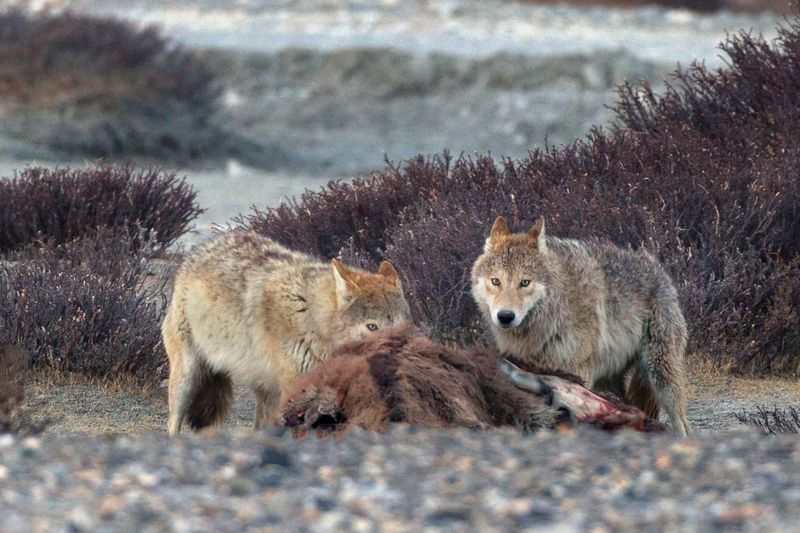
Wolves are renowned for their cooperative hunting strategies, utilizing the strengths of each pack member. They employ tactics that involve flanking, herding, and ambushing prey.
This teamwork allows them to take down larger animals, such as elk or moose, which would be unattainable alone. Communication through vocal cues and body language is crucial in synchronizing these efforts.
Cooperation enhances their hunting success and ensures sufficient food for the pack. This strategy showcases their intelligence and social cohesion, key attributes that underline their status as top predators.
Night Vision
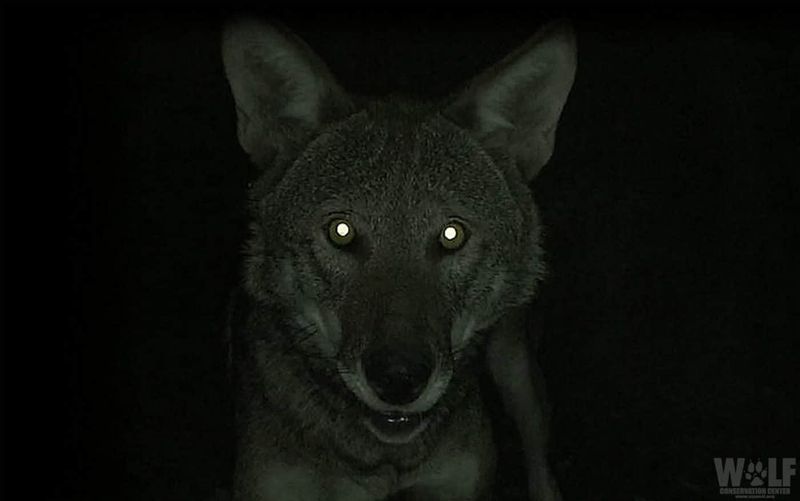
Night vision is a vital trait for wolves, enabling them to hunt effectively in low-light conditions. Their eyes possess a layer called the tapetum lucidum, enhancing light reflection.
This adaptation allows wolves to see clearly during night hunts, giving them an advantage over prey with poorer night vision. Hunting under the cover of darkness also reduces human interference and competition.
The ability to navigate and hunt at night broadens their opportunities for finding food, making them versatile predators. Night vision is a significant asset in their hunting repertoire.
Camouflage
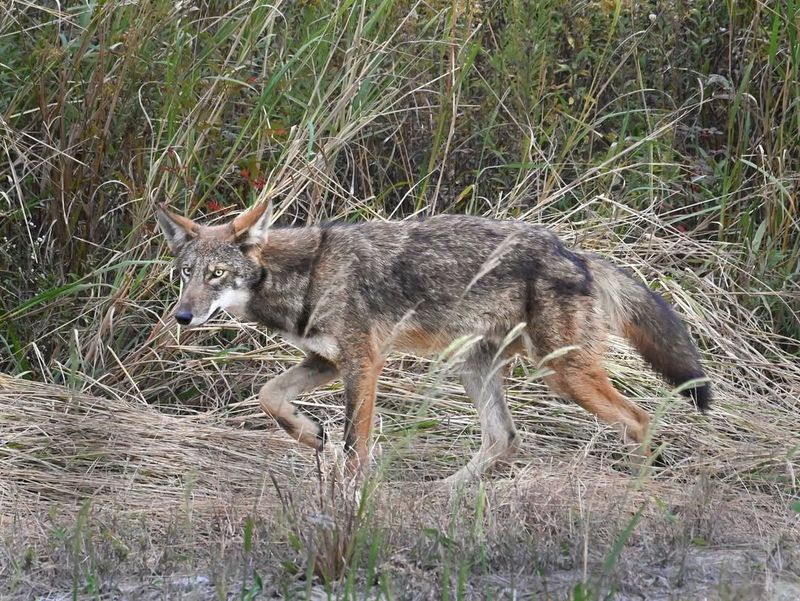
Camouflage helps wolves remain undetected by both prey and potential threats. Their coats, often gray, brown, or white, blend seamlessly with their environments.
This natural disguise is crucial in stalking, allowing them to approach prey closely before initiating an attack. Camouflage also aids in avoiding detection by larger predators or humans.
This ability to blend in ensures that wolves can ambush effectively and maintain their position as top predators. Camouflage is not just a defense mechanism; it’s a strategic advantage in their predatory toolkit.
Resilience and Determination

Resilience and determination are inherent traits that define wolves as predators. They possess the tenacity to pursue prey relentlessly, even in harsh conditions.
Wolves often face challenges, such as extreme weather or difficult terrains, but their determination to secure food drives them forward. This persistence ensures survival, especially during lean times.
Their ability to rebound from unsuccessful hunts and continue striving for success embodies their spirit and fortitude. Resilience and determination are key characteristics that make wolves formidable hunters and survivors.

